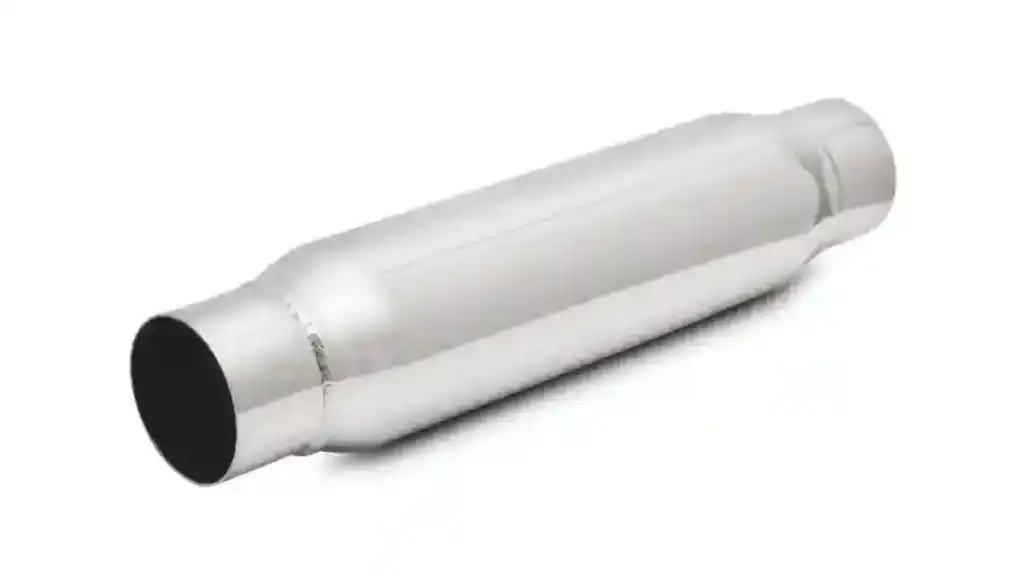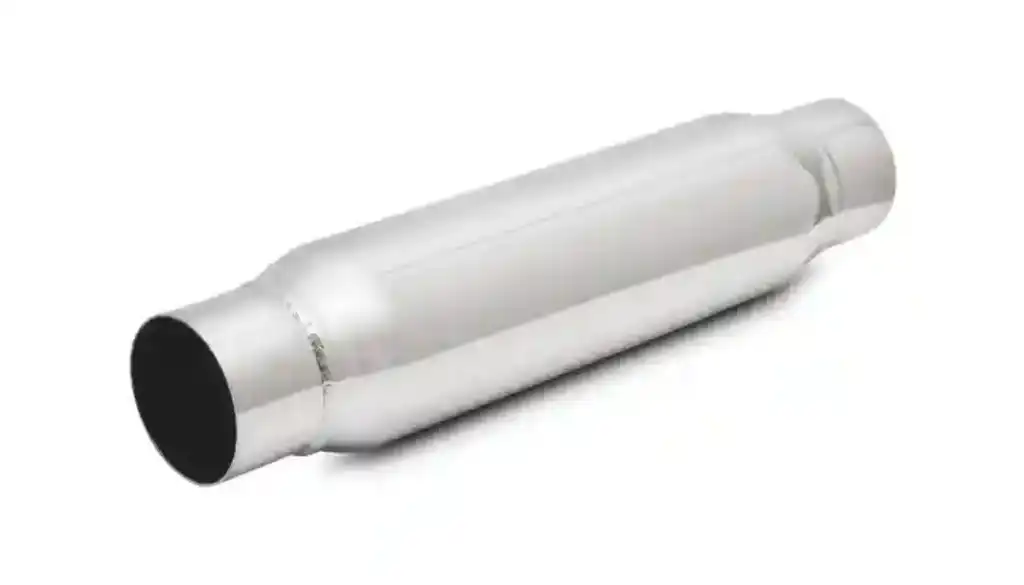Answer
Nov 04, 2024 - 09:40 AM
Running resonators at the end of the exhaust system can be an effective way to modify the exhaust note and reduce certain unwanted frequencies. Here’s what you need to know about placing resonators at the exhaust's exit:
Advantages of Placing Resonators at the End:-
Sound Refinement:
- Resonators placed at the end of the exhaust help fine-tune the overall tone before the exhaust exits. This positioning can smooth out high-pitched or harsh tones and contribute to a more refined, deeper exhaust note.
- It is particularly effective in dampening high frequencies that resonate throughout the system and reach the outside.
-
Drone Reduction:
- While resonators are often placed mid-pipe to control drone inside the cabin, having one at the end of the exhaust system can also help reduce drone that persists even after primary noise reduction.
- This is especially useful for longer exhaust systems or vehicles where cabin noise is a concern.
-
Improved Overall Tone:
- Positioning resonators at the end of the system can create a smoother, cleaner exit note. This setup works well for enthusiasts looking to maintain an aggressive exhaust note while removing some of the raspy or tinny characteristics.
-
Space Constraints:
- Ensure there is enough space at the end of the exhaust system to accommodate the resonator without reducing ground clearance or interfering with other components.
- The addition of a resonator at the tailpipe may slightly extend the length of the exhaust, so check that it fits within the vehicle’s dimensions.
-
Flow Impact:
- Most high-quality resonators, like the Vibrant Performance 1790, are designed with a straight-through or perforated core to minimize backpressure. Running resonators at the end of the exhaust should not significantly affect the flow if appropriately sized for the system.
- Ensure that the resonator's diameter matches or complements the existing exhaust pipe size to avoid restricting performance.
-
Sound Modification:
- Placing resonators at the end can slightly change the volume, potentially making the exhaust note quieter, depending on the resonator type. It’s ideal if your goal is sound refinement, but if you want to maintain maximum loudness, consider the trade-off.
- Daily Drivers: For a vehicle that is driven daily and where a smooth, non-intrusive exhaust note is desired, adding a resonator at the end of the system can be beneficial.
- Performance Builds: For cars with high-performance or aftermarket exhaust systems that sound harsh or have unwanted high frequencies, an end-of-system resonator can polish the final tone.
- Luxury or Comfort-Focused Vehicles: For those looking to enhance cabin comfort while retaining a sporty sound, running resonators at the end can contribute to a pleasant balance.
Running resonators at the end of the exhaust system can be a smart choice if you aim to refine the sound quality and reduce higher-pitched tones or drone. Ensure there is enough space and that the resonator matches your exhaust system specifications to achieve the best results.





Add New Comment